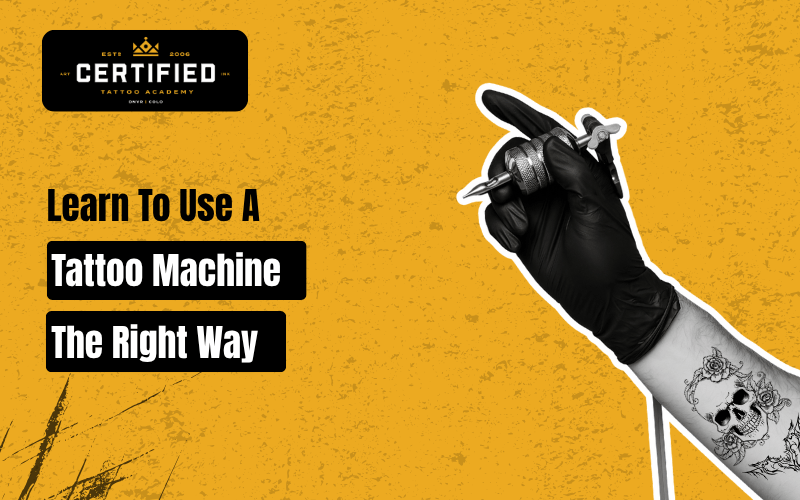How to Use a Tattoo Machine: A Beginner’s Step-by-Step Guide
How to Use Tattoo Machine
Sterilize your workspace and wash your hands
Set up all tattoo machine parts (needle, grip, tube)
Adjust needle depth to 1- 2 mm
Secure the machine to power supply or battery pack
Set voltage (6v-8v for lining, 8v-10v for shading)
Load ink into ink caps
To test the machine, use an imitation skin or practice surface.
Begin tattooing with steady hand and clean technique
Step 1: Understand the Parts of Your Tattoo Machine
Before anything else, get familiar with the components:
Frame: The base that holds everything together.
Coils or Motor: Powers the needle’s movement.
Armature Bar: Moves up and down to drive the needle.
Tube Grip: Where you hold the machine.
Needle & Tip: Delivers ink to the skin.
Power Supply & Clip Cord or Battery Pack: Feeds power to the machine.
Each part plays a role. If one fails, the whole process is affected.
Step 2: Set Up Your Tattoo Machine Properly
A good tattoo begins with the right setup. Here's what to do:
Clean Your Workstation
Use disposable covers and sterile wipes. This isn’t optional,it’s mandatory for hygiene.Attach the Needle to the Machine
Use liners for outlines and shaders for color and shading to match the needle to the task. Carefully insert it, and if necessary, fasten it with a stabilizer or rubber band.Insert the Tube Grip
Make sure it is correctly aligned and solid. Losing control might result from a slack grasp.Adjust Needle Depth
The ideal amount of protrusion from the needle tip is 1-2 mm. Going deeper can cause skin damage.Connect the Machine to a Power Supply
Use a clip cord or battery. Set the voltage depending on whether you’re lining or shading, usually between 6v to 10v.
Step 3: How to Hold a Tattoo Machine
Don’t grip it like a pencil. Don’t hold it like a hammer either. Your hand should be steady but relaxed.
Use your thumb and index finger to control the grip.
Rest your pinky or hand on the client’s skin for support.
Maintain wrist alignment rather than bending or twisting excessively.
This helps with precision and reduces fatigue, especially during long sessions.
Step 4: Practice on Fake Skin First
Before going near real skin, practice on synthetic tattoo skin. Focus on:
Line consistency
Needle depth control
Smooth hand movement
Practicing helps you develop muscle memory and build confidence.
Step 5: Start Tattooing – Slow and Controlled
When you're ready:
Gently stretch the skin with the free hand.
Move slowly and evenly. Rushing can blow out lines or cause uneven shading.
Wipe excess ink frequently to check your work.
Start with basic designs and move to complex work only when your hands are steady and your confidence is solid.
Step 6: Aftercare Starts Immediately
As soon as the tattoo is done:
Clean the area with antiseptic wipes
Apply a thin layer of ointment
Cover it with sterile wrap or bandage
Explain proper aftercare steps to your client. A well-done tattoo can still get ruined if aftercare is ignored.
Bonus Tip: Common Mistakes Beginners Make
Avoid these:
Using too high voltage
Overworking one area
Holding the machine too tightly
Not testing needle depth
Ignoring sterilization
Every mistake teaches something but avoidable mistakes save time and trust.

Frequently ASKED questions
-
Hold it like a thick pen, using your thumb and fingers for control. Rest your hand on the skin for stability.
-
Most machines run between 6v to 10v. Use 7- 8v for lining and around 9 -10v for shading.
-
Around 1 to 2 mm. Too deep can cause scarring, too shallow and the ink won’t hold.
-
Technically yes, but it’s highly discouraged. Always learn through proper guidance or mentorship.

